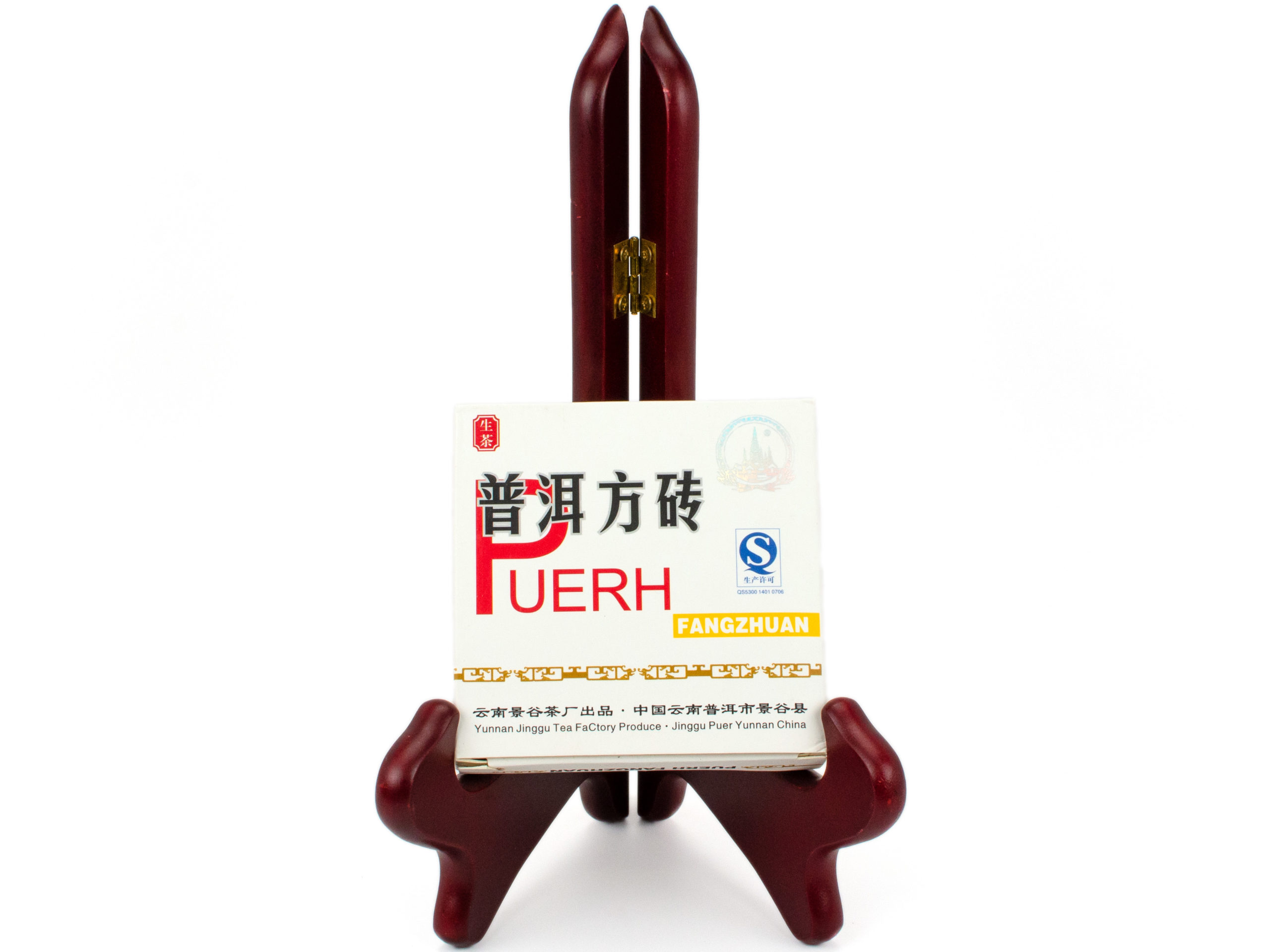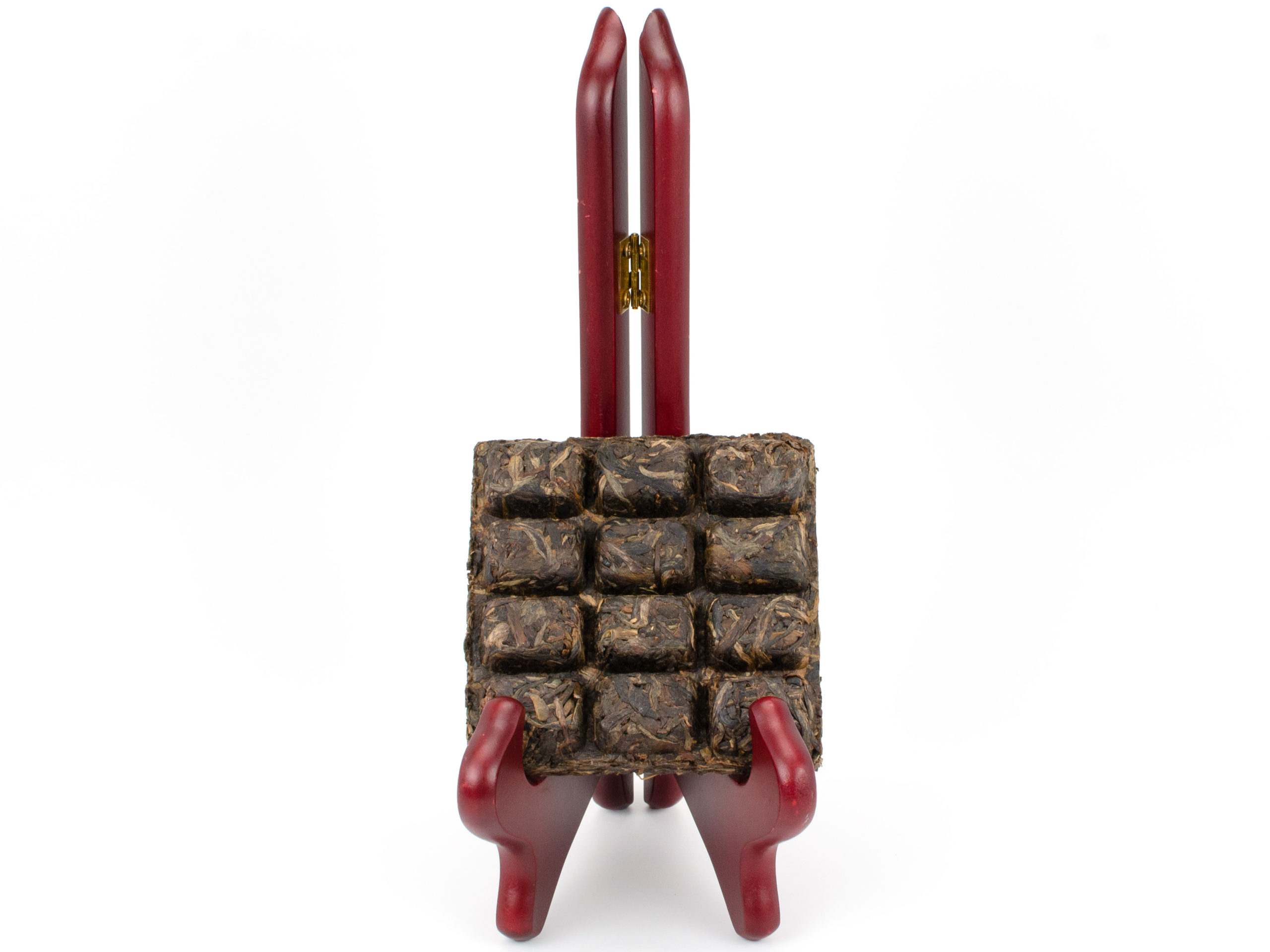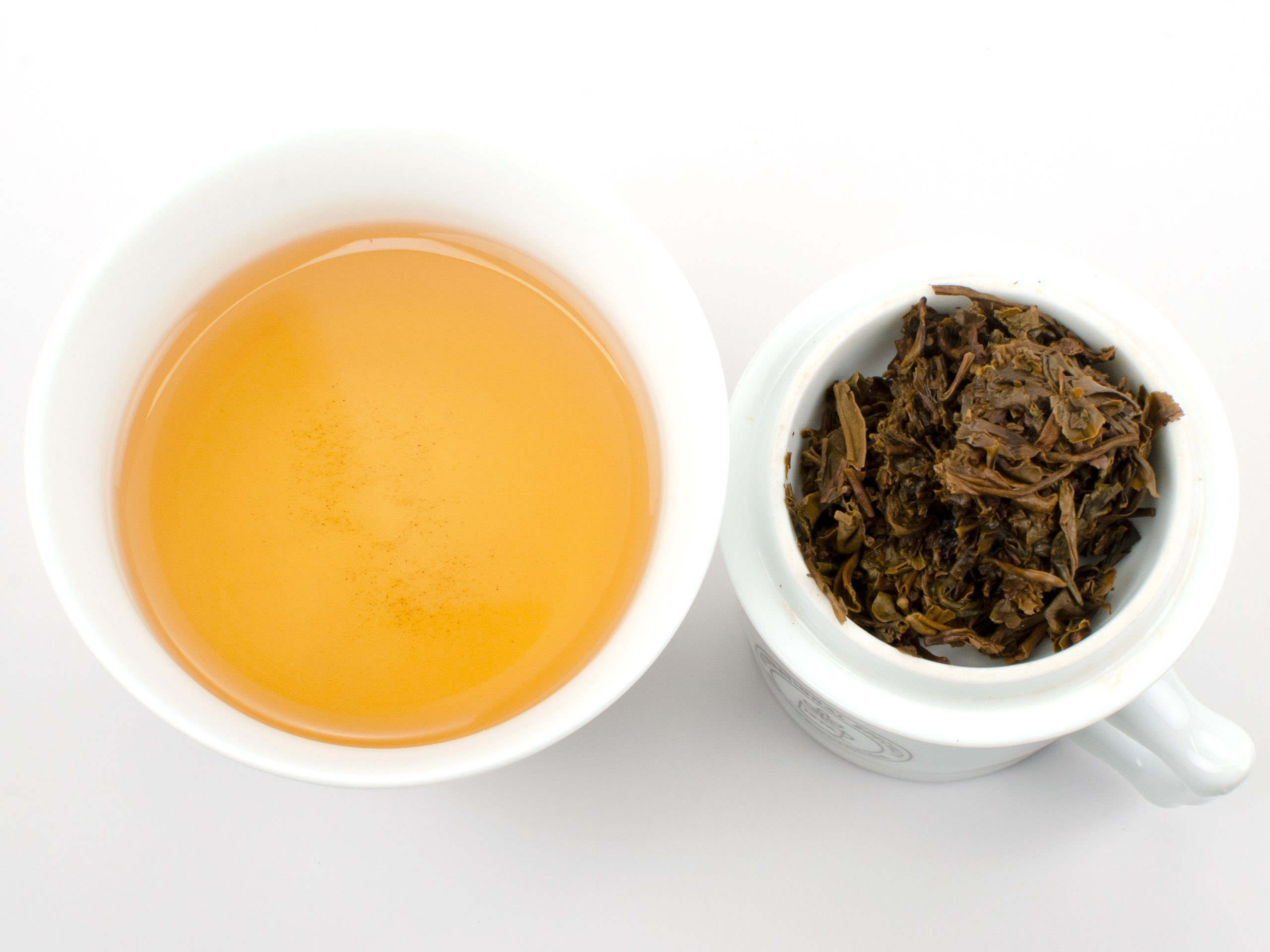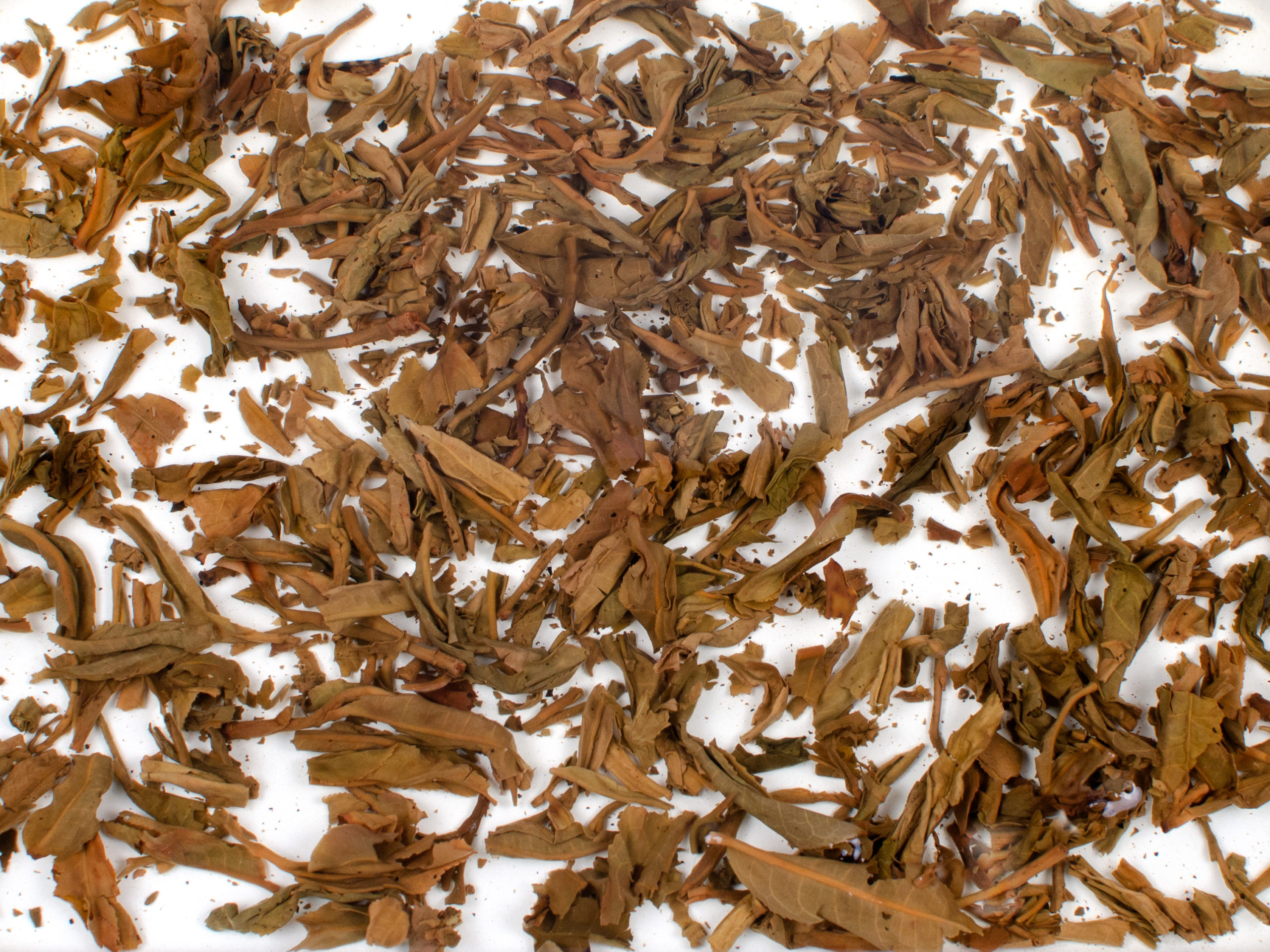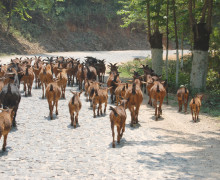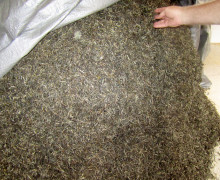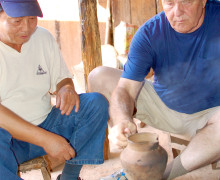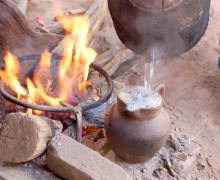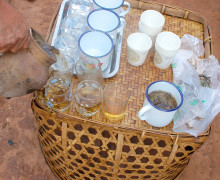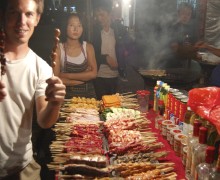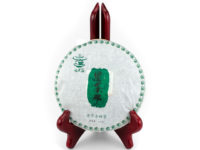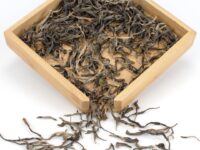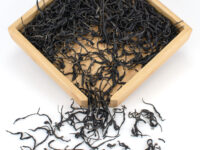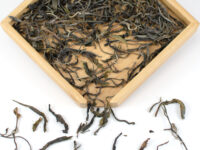Jinggu Sheng Xiao Fangzhuan (Little Sheng Jinggu Brick)
Sheng Puer Brick 100g 2013
A surprisingly smooth, flavorful, and affordable sheng puer that makes a great travel companion with its small size and pre-sectioned brick. Just break off one piece and infuse like normal for a long-lasting brew.
$25.00
Out of stock
Would you like a notification when this product is back in stock?
- Tea Origin
- Jinggu County and Lincang City, Yunnan Province, China
- Tea Bush
- Yunnan Dayezhong (Yunnan Large Leaf Heirloom Tea Tree)
- Tea Maker
- Hu Haoming and Wang Xiqun
- Harvest Time
- April
- Plucking Standard
- One bud, three leaves
This convenient small sheng puer brick was made with sun-dried maocha from Yunnan forest tea trees from several sources, including some old-growth trees. Leaves from the Jinggu region contribute to the smoothness and sweetness of the flavor, while leaf sourced from the Lincang area adds depth and richness. The clean infusion brews up the color of fresh apricots with a lightly sweet aroma and a long finish.
Whereas most bricks are made of broken leaves and tea dust, this brick is carefully processed with 3rd and 4th grade tea. The makers of this brick take pride in their work, the leaves are hand processed so that they all lay horizontally (to make sure no leaves are broken). Then the tea is steamed and compressed very tightly into a special mold to create the pre-sectioned “chocolate-bar” brick shape. Just break off and use one square for one serving. This friendly little puer brick is easy to use for those who want to explore puer tea cakes, but are not ready to make a big investment in a large cake.
Tea on the border
In China, brick-shaped puer tea like this is called Bian Xiao Cha, literally “Border Sale Tea,” which refers to the fact that this style of puer was originally sold on the borders of Xinjiang, Tibet, and Mongolia. It is very rare to find brick teas being consumed in most major Chinese communities.
This kind of tea is very popular with nomadic groups, such as the Mongolians. Puer tea bricks are usually compressed tighter than round puer cakes, which makes them sturdier, less likely to absorb moisture, and easier to store and carry while traveling. Furthermore, a nomadic lifestyle is often lacking in fresh vegetables, and sheng puer provides a high level of vegetable nutrition to help supplement the diet. As far back as the Tang Dynasty (618-907), these communities were known to the Chinese to consume relatively large amounts of dairy, which can be difficult to digest without balanced nutrition. Even today, they still drink these teas with every meal. There is a famous saying in these minority communities, “We can have one day without food, but we can not stand one day without tea.” Chinese medicine concluded that these puer teas strongly aided in digestion.
No chemical fertilizer, pesticide, or herbicide was used in the production of this tea. Click here to read more about our promise to fair trade and the environment.

